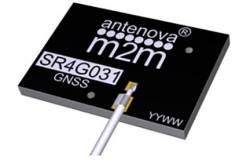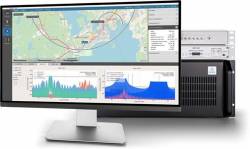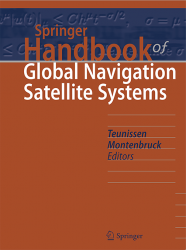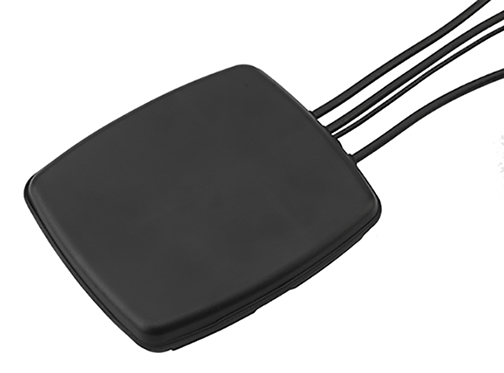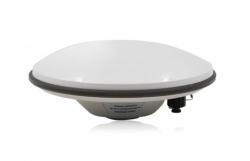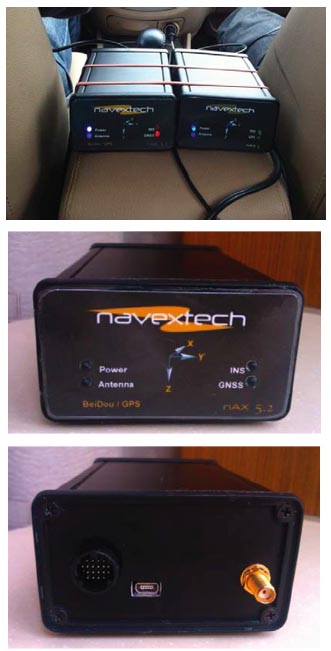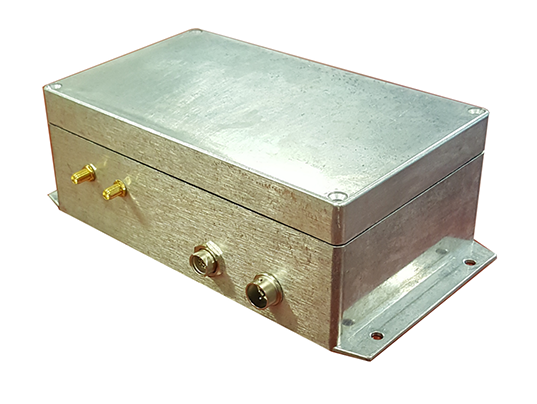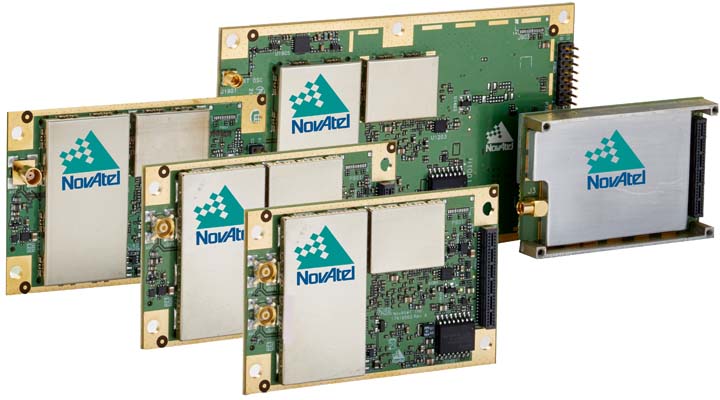Broadcom Releases Dual-Frequency GNSS Receiver with Centimeter Accuracy for Consumer LBS Applications
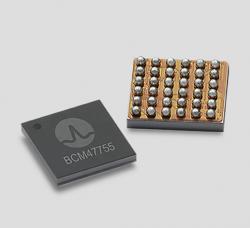 The BCM47755 is designed to enhance LBS applications for mobile phones, tablets and fitness wearables. Photo: Broadcom Ltd.
The BCM47755 is designed to enhance LBS applications for mobile phones, tablets and fitness wearables. Photo: Broadcom Ltd.No longer will a high-end, expensive GNSS receiver be required to achieve centimeter accuracy now that Broadcom Limited has announced the launch of its new dual-frequency receiver with such accuracy designed for consumer location-based services (LBS) applications.
By Inside GNSS

